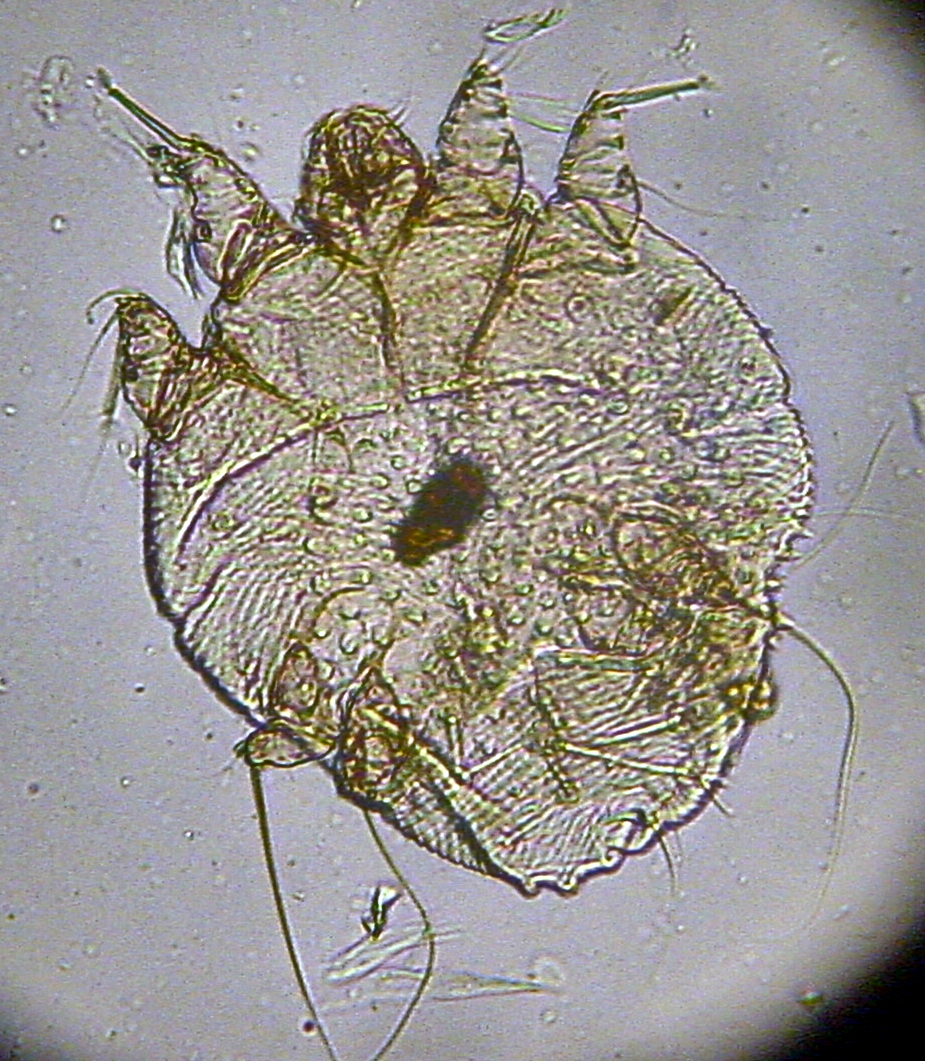Scabies: Symptoms, Causes, Treatment
What are the symptoms of a scabies infestation?
Scabies is a skin infestation caused by the Sarcoptes scabiei mite. The symptoms of scabies can vary but often include:
- Intense itching: The hallmark symptom of scabies is severe itching, which is often worse at night. The itching is caused by an allergic reaction to the mites and their eggs.
- Rash: A scabies rash typically appears as small red bumps or blisters that may be accompanied by small, raised, thread-like burrows. The rash can occur anywhere on the body but is most commonly found in the folds of the skin, such as between the fingers, on the wrists, elbows, armpits, waist, buttocks, and genital area.
- Sores: Scratching the itch caused by scabies can lead to open sores or crusted areas of skin, which can increase the risk of bacterial infection.
- Pimple-like bumps: Scabies can cause pimple-like bumps or papules to form on the skin, which may be filled with fluid or pus.
- Inflammation: The skin affected by scabies may appear red, inflamed, or irritated.
- Secondary infections: Scratching the itch caused by scabies can lead to secondary bacterial infections, which can cause additional symptoms such as redness, swelling, warmth, and pain.
Scabies symptoms can take several weeks to appear after infestation, as it takes time for the body to develop an allergic reaction to the mites. If you suspect you have scabies, it’s important to see a healthcare provider for an accurate diagnosis and appropriate treatment. Scabies is highly contagious and can easily spread to others through close physical contact, so prompt treatment is essential to prevent further infestation.
What are the causes of a scabies infestation?
Scabies is caused by infestation with the Sarcoptes scabiei mite, which is a tiny, microscopic mite that burrows into the skin. The mite is primarily transmitted through close, prolonged skin-to-skin contact with an infested person. Scabies is highly contagious, and a brief skin-to-skin contact, such as a handshake or hug, is often enough to spread the mites from one person to another.
Scabies mites can also be transmitted through infested bedding, clothing, or furniture, although this is less common. The mites can survive for a few days without a human host, so it is possible to contract scabies from infested items that have been recently used by an infested person.
Once a person is infested with scabies mites, the mites burrow into the skin and lay eggs, which hatch and mature into adult mites. This process can take several weeks, during which time the infested person may experience symptoms such as itching and a rash.
Scabies can affect people of all ages and backgrounds. Factors that may increase the risk of scabies infestation include living in crowded or close quarters, such as in nursing homes or prisons, as well as having a weakened immune system.
What is the treatment for a scabies infestation?
The treatment for a scabies infestation typically involves using medicated creams, lotions, or oral medications to kill the mites and eggs. Treatment usually includes the following steps:
- Prescription scabicides: Your healthcare provider may prescribe a topical medication, such as permethrin cream or lotion, which is applied to the entire body from the neck down and left on for a specified period (usually 8 to 14 hours) before being washed off. Permethrin is effective at killing scabies mites and their eggs.
- Other medications: In some cases, your healthcare provider may prescribe other topical or oral medications, such as ivermectin, to help kill the mites. Ivermectin is an oral medication that is sometimes used to treat scabies, especially in cases where other treatments have failed or are not tolerated.
- Antihistamines: Your healthcare provider may recommend taking an antihistamine to help relieve itching caused by the allergic reaction to the mites.
- Treatment of close contacts: It’s important to treat all close contacts of the infested person, even if they do not have symptoms, to prevent reinfestation. Close contacts should also be examined and treated if necessary.
- Cleaning and disinfection: To help prevent reinfestation, it’s important to wash all clothing, bedding, and towels in hot water and dry them on high heat. Items that cannot be washed should be sealed in a plastic bag for at least 72 hours to kill any remaining mites.
- Avoiding close contact: During treatment and for a few days afterward, it’s important to avoid close physical contact with others to prevent spreading the mites.
It’s important to follow your healthcare provider’s instructions for treatment and to complete the full course of medication, even if your symptoms improve. If you have any questions or concerns about your treatment, be sure to discuss them with your healthcare provider.




